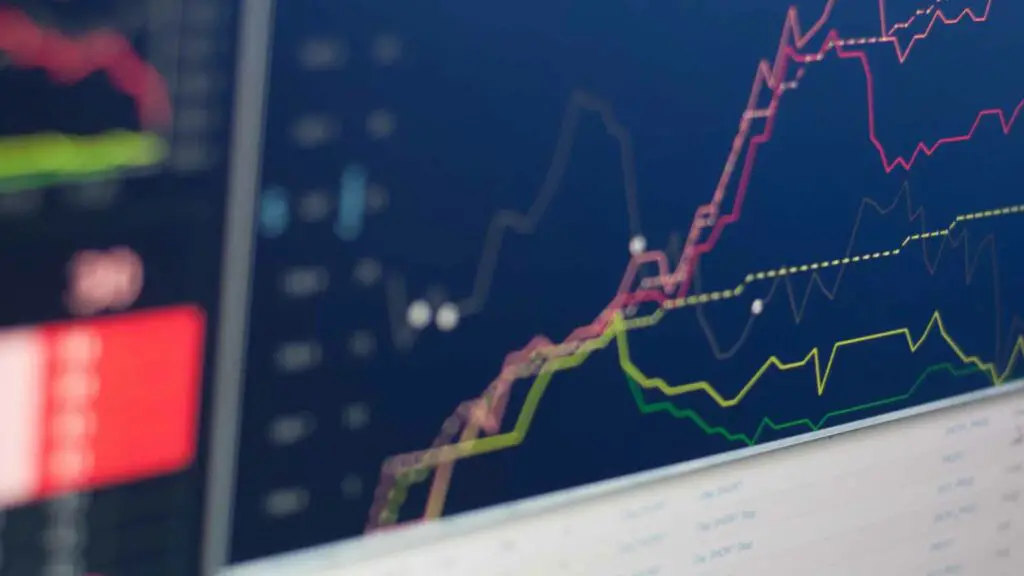Forex is a 24-hour market, and daily trading volumes average over $6 trillion. Price changes throughout the day and night make forex one of the most lucrative markets for any investor. Interestingly, one of the major catalysts of price changes is economic news.
Economic news stream throughout the different forex trading sessions and can trigger massive price surges that could provide money-spinning trading opportunities for investors. Let’s take a look at how economic news travels around the globe, triggering market reactions in different locations and at different times.
Understanding Forex News
Investors usually track the economic calendar to anticipate news that is capable of influencing volatility in the forex market. Some of the major news events that can trigger price volatility include GDP reports, inflation numbers, interest rates, consumer price index, retail sales, and trade balance.
All these news releases are scheduled, and investors watch out for them. But not every piece of economic data is worth watching out for. It is important to only track high-impact data on the economic calendar. High-impact data are those that have the potential of increasing volatility in the short term.
Before the release of important data, experts usually release their estimates, which are in turn aggregated, and a consensus estimate is then established. This expected estimate is made public, and investors typically discount it in the market. Numbers that deviate from this consensus estimate tend to impact prices greatly. The expectation is that if data is more positive than expected, it will trigger higher prices in the underlying asset. When the data is more negative than expected, it will trigger lower prices in the underlying asset. There will be no meaningful price deviation when the actual data released is in line with the consensus estimates. This is always the expectation, but trading forex news is more complicated than that.
News Trading Strategies
There is no single strategy to trade economic news, but there are generally two approaches: directional and non-directional bias. With a directional bias, you have a conviction that after a news release, the price will move in a particular direction. This conviction can be informed by fundamental analysis and backed by the consensus estimate. For instance, if you believe that the consensus estimate is wrong, you can anticipate a different figure and trade along with it. Consider a scenario in which the underlying economy is doing badly, but the consensus estimate is projecting a positive labour report. No matter the release date, you can trade against the underlying asset.
With a non-directional bias, you do not want to anticipate a directional move. You simply want to join in when the action happens. This implies utilizing a straddle strategy that seeks to profit wherever the price will go after a news release. Prior to a major news release, there is always indecision in the market. This indecision is characterized by price ranges. A straddle strategy will execute buy orders when the price breaches the upper limits of the price range, whereas sell orders will be executed when the price breaches the lower limits of the price range. The idea behind a straddle strategy is that price volatility will accelerate in the aftermath of a high-impact news release.
When trading economic news, preparation is key. Whether you have a directional bias or non-directional bias, it is important to be ready to take advantage of the price volatility when major economic news is released. Still, trading news is not as straightforward as it seems. There are some risks involved.
News Trading Risks
One of the biggest risks of forex news trading is wide spreads. High impact data tends to trigger high volatility in the markets, and this tends to widen spreads of underlying assets. Widening spreads effectively increase trading costs while simultaneously limiting potential profits. The high volatility during news releases can also ‘jam’ your platform. An example of this is when you enter a trade, but it delays reflecting on your dashboard. This can be particularly devastating because you will not have the chance to make any adjustments to your trade if prices go against you.
Another major risk when trading news is price slippage. Slippage happens when you place an order at a certain price, but the order is filled at a completely different price. News releases trigger chaotic price action in the markets and this can lead to price slippages when executing trade orders.
Final Word
Economic news releases are the major catalysts of price movement in the forex markets. Forex is a 24-hour market and news releases around the globe tend to influence major currencies. Tracking the news releases can expose investors to lucrative opportunities, but it is important to be aware of the risks involved. There is the threat of wider spreads and price slippages during news releases, and these can limit profitability. All in all, it is important to always be well-prepared when trading the news in the forex markets.
